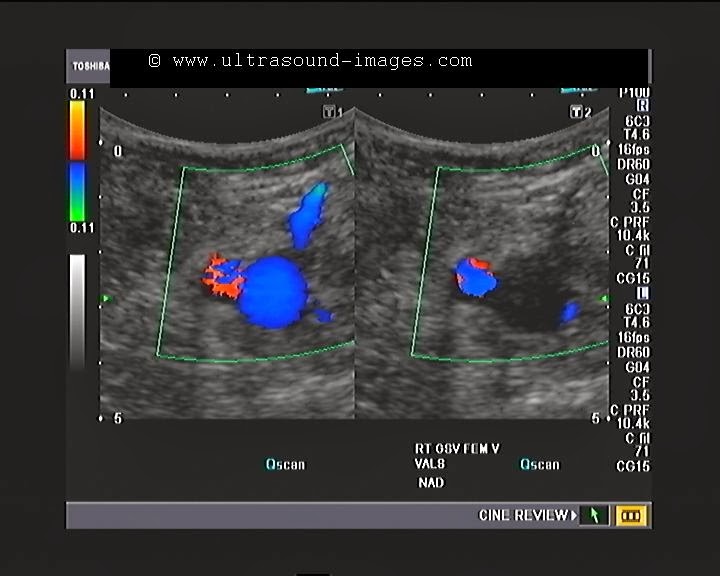

You can download their VExUS book chapter at the end of this post if you wish.įurthermore, they were able to validate the VExUS Score in a recent study and showed a correlated increased risk of AKI with an increased grade of venous congestion syndrome (SPOILER: if you read the article, the VExUS C profile performed the best and what is described in this post). To help us with this, doctors William Beaubien-Souligny, Philippe Rola, Korbin Haycock, Rory Spiegel, et al developed a 4-step ultrasound protocol: the Venous Excess Ultrasound ( VExUS) Score is an exam that evaluates and scores the severity of venous congestion of not just the IVC but also the liver, gut, and kidneys.

This is important because understanding early signs of venous congestion can help you limit fluid administration, look for underlying causes of right heart failure, start appropriate vasopressor therapy, and decrease the risk of significant end-organ damage such as acute kidney injury.
#VENOUS DOPPLER HOW TO#
However, few us actually know how to evaluate other organs that can be affected by venous congestion such as the liver, gut, and kidneys. This can be fairly easily seen using lung ultrasound or chest radiography. Most of us can agree that the development of venous congestion in the lungs (pulmonary edema) from fluid overload can lead to poor patient outcomes. Therefore a dilated IVC does not necessarily mean your patient is “fluid overloaded.” In addition, IVC dilation does not quantify the amount of venous congestion from other vital organs such as the lungs, liver, gut, and kidneys. The IVC can also be dilated in conditions such as valvulopathies, pulmonary hypertension, or in patients with no comorbidities ( such as athletes). IVC measurements are inaccurate because, just like central venous pressure (CVP), they do not accurately represent your patient’s preload in the left ventricle. However, solely using IVC measurement has many problems. It’s probably because you just didn’t have a better way to help assess the fluid status of your patients other than IVC measurements. If you are guilty of this, don’t worry, the majority of people are. Unfortunately, many physicians using Point of Care Ultrasound (POCUS) mainly rely on Inferior Vena Cava (IVC) measurements to predict the “Fluid Status” (either deficient or overloaded) of their patients. Proper fluid management while avoiding fluid overload can be one of the most difficult parts of practicing medicine.


 0 kommentar(er)
0 kommentar(er)
